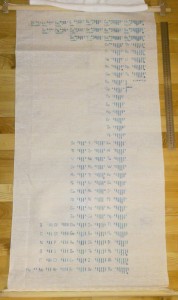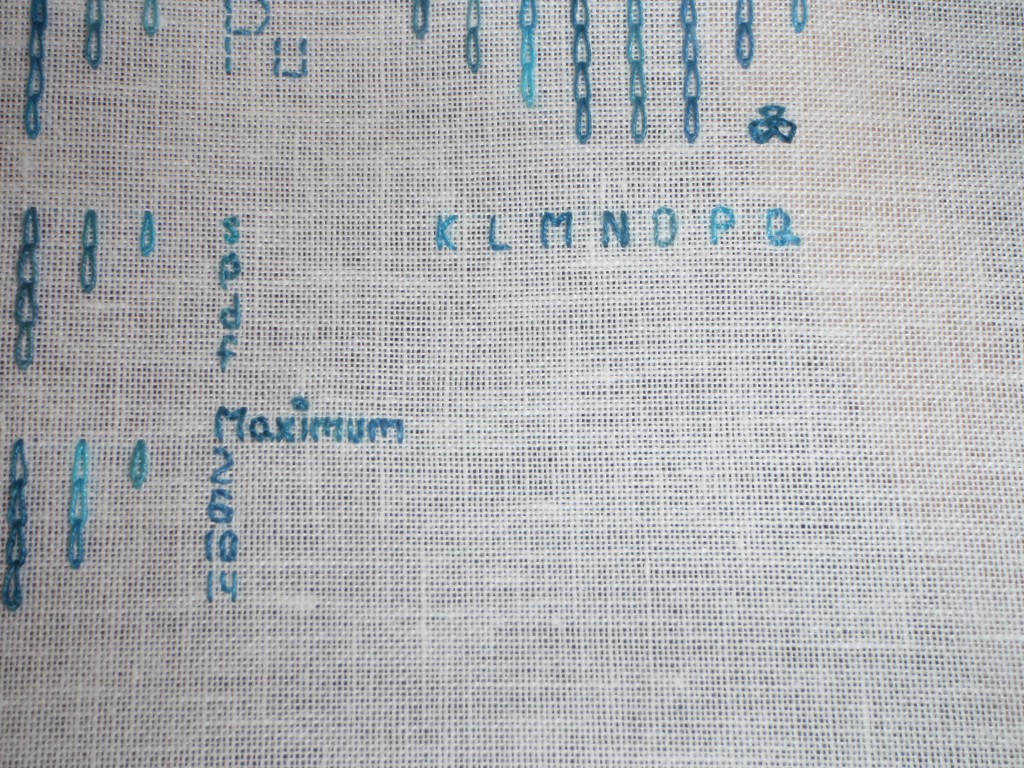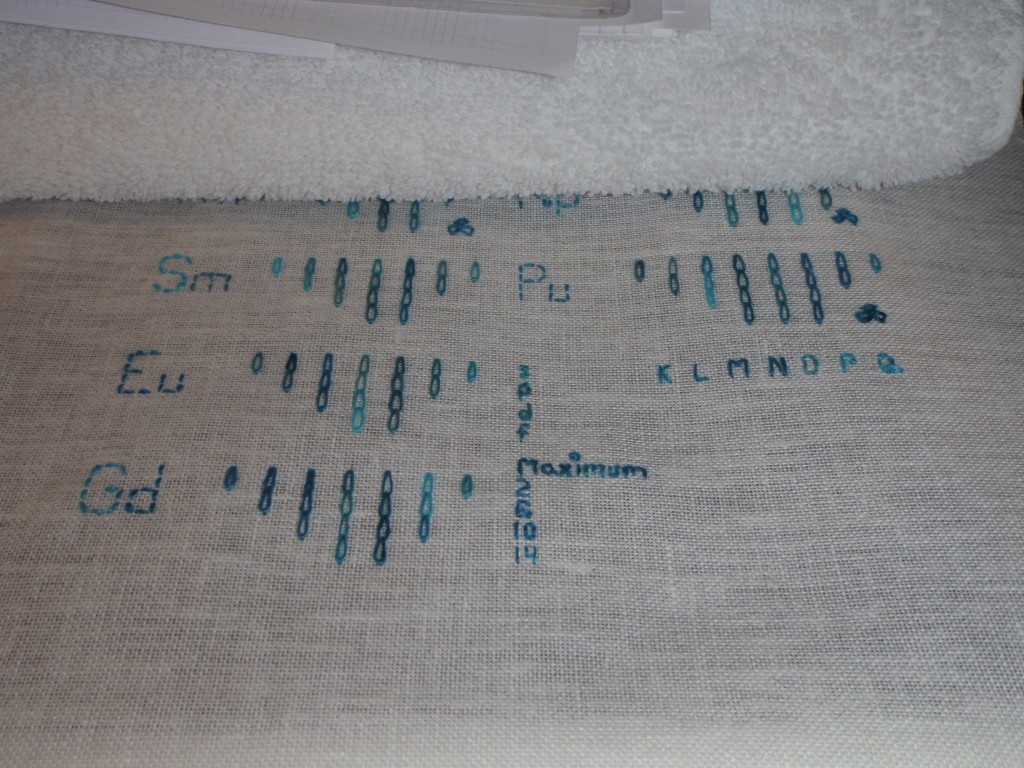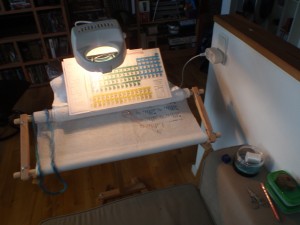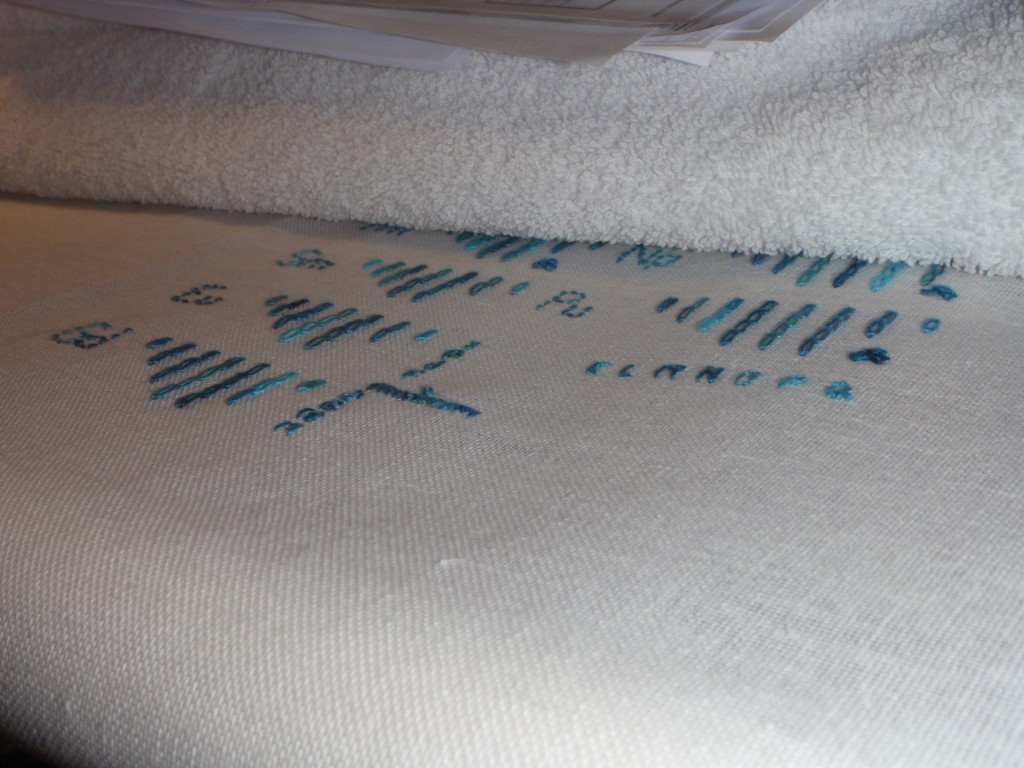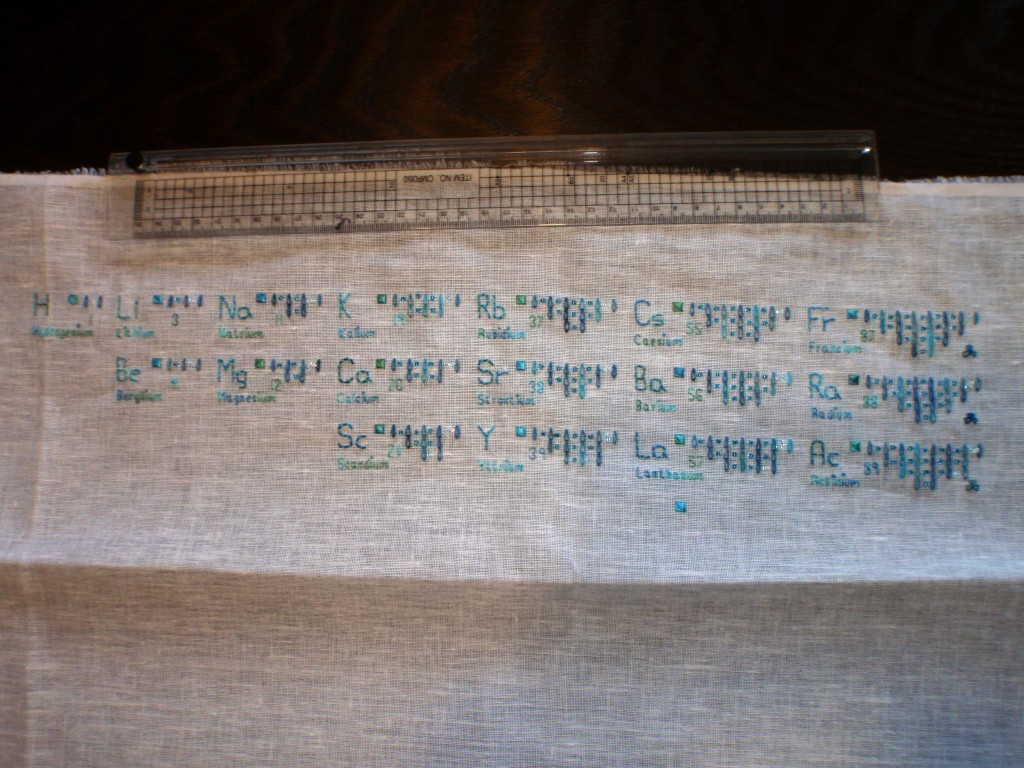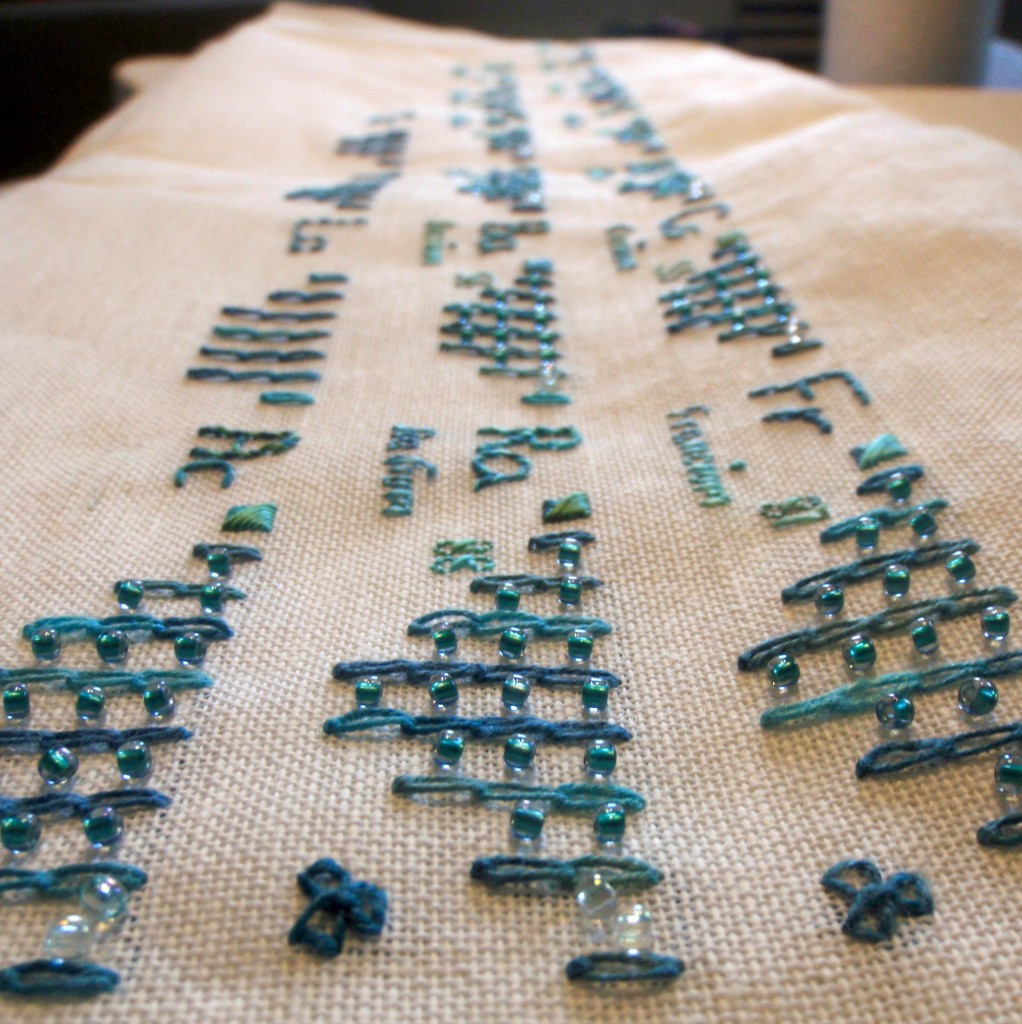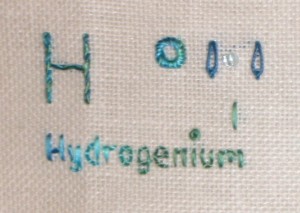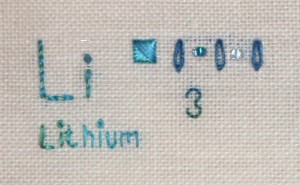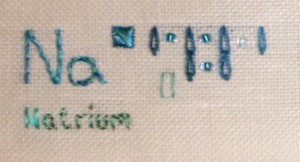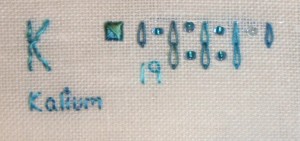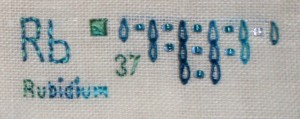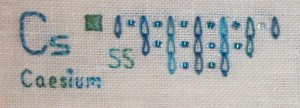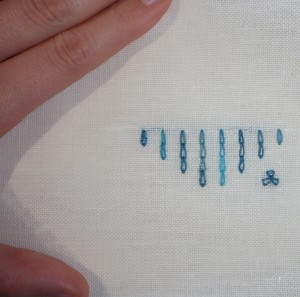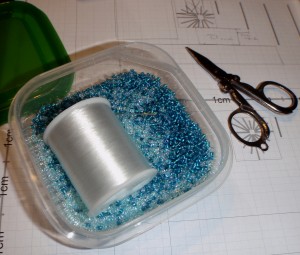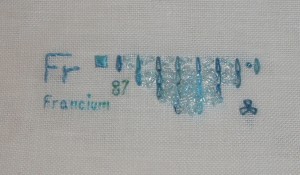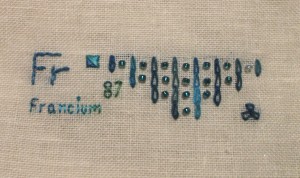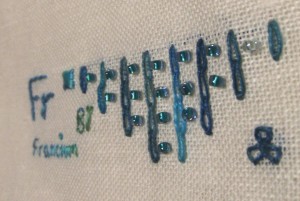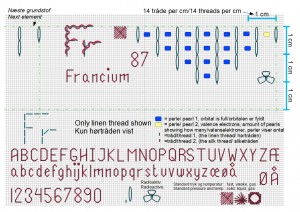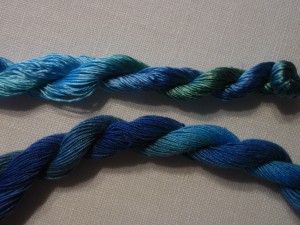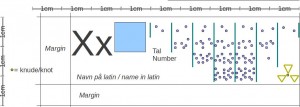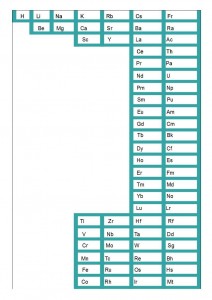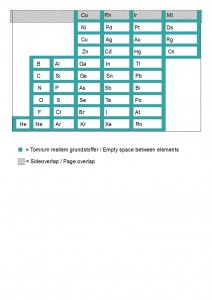Long time has past since I have written about my project. This is because very few stitches have been made on it since last time.
At the moment IUPAC ( international union of pure and applied chemistry ) have a project regarding the placement of Sc and Y. The webpage can be found here. So I am waiting for their result, so I can adjust my table.
One of the good things with a hobby project without any real deadline, is that it is driven by joy and lack any pressure from other people than myself. In the recent past other things have been in focus and other hobby projects with a relevant deadline have been of higher priority in my life. Therefore this project have been on hold and are waiting for the time when I feel in the mood (and have the time for it) again. I look forward to the time when it comes, even when I do not know the timing. A hobby should be a pleasure to do.
Even if I lived twenty full lifes, I would not have the time to make all the ideas in my head a reality and that is something I am learning. So the few I choose should be the ones which are really good and where the proces i fun. Luckily I still feel this periodic table project is one of these.
